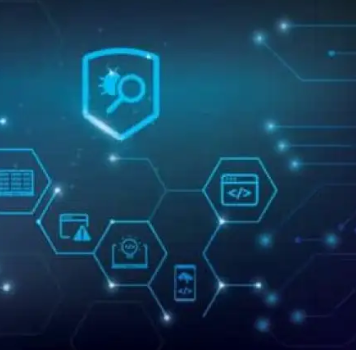
When tasked with selecting the ideal supply chain IT system, the vast array of options can be overwhelming. From specialized software applications like Warehouse Management Systems (WMS), Transportation Management Systems (TMS), route optimization, and yard management, to more comprehensive platforms like ERP (Enterprise Resource Planning), SCM (Supply Chain Management), and APS (Advanced Planning and Scheduling), the choices can make your head spin. But understanding how each system works and how they integrate is key to choosing the right solution.
What Are ERP, APS, and SCM Systems?
These systems each serve a specific purpose but are often used together for a complete solution. Here’s how they typically work together:
- ERP (Enterprise Resource Planning) is the backbone of your business. It manages all basic operations like purchase orders, invoices, and inventory records. It serves as a central hub for transactional data, ensuring everything is tracked and recorded accurately.
- APS (Advanced Planning and Scheduling) sits on top of your ERP system. It takes data from the ERP, like inventory levels and customer orders, and uses it to create optimized plans. For instance, it calculates the most efficient production schedules or distribution routes to meet demand.
- SCM (Supply Chain Management) then takes these plans and executes them across the entire supply chain. It ensures the smooth flow of information between suppliers, manufacturers, and customers, tracks shipments, and monitors performance to keep everything in sync.
Are ERP Systems Enough for Supply Chain Management?
While ERP systems are essential for managing basic business processes, they’re not designed with supply chains in mind. An ERP system is more about managing enterprise-wide resources across departments like HR, finance, and marketing, rather than the dynamic, end-to-end flow of goods and services. As a result, an ERP system alone may not provide the in-depth capabilities needed for managing complex supply chains.
Adding APS and SCM to the Mix
While ERP systems provide the foundational data and business rules, APS and SCM software address gaps that an ERP alone cannot handle.
- APS tackles the “how, when, where, what, and who” by using algorithms to create optimized plans for purchasing, production, transportation, and distribution. It complements ERP by ensuring that plans are not just based on available data, but on the best course of action for every scenario.
- SCM software provides real-time visibility and manages the flow of information across the entire supply chain. It connects all players in the supply chain—suppliers, manufacturers, warehouses, and transporters—allowing them to communicate and coordinate seamlessly. Changes, like a shift in a delivery date, are instantly updated and communicated throughout the system, triggering necessary adjustments and notifications.
The Modern Supply Chain Technology Stack
Today’s supply chain technology has evolved far beyond the traditional ERP-APS-SCM framework. The latest tools offer greater flexibility, scalability, and intelligence:
- Cloud-Native Solutions: These systems are more flexible and scalable than ever, making sophisticated capabilities accessible to businesses of all sizes. Cloud-native solutions also provide the agility to adapt to changing demands quickly.
- AI and Machine Learning: Artificial intelligence has become a game-changer in supply chain operations. It allows businesses to leverage predictive analytics, demand forecasting, and real-time optimization, helping to anticipate challenges before they arise.
- Digital Twin Technology: Beyond just planning and execution, companies can now create digital replicas of their entire supply chain. This allows for scenario planning, risk management, and more accurate decision-making.
Conclusion
Building an efficient supply chain technology stack isn’t about finding one perfect solution. Success lies in creating an integrated ecosystem where each piece of technology works together. Your ERP system will serve as the foundation, APS will handle the planning and optimization, and SCM will ensure everything operates smoothly in real-time. With the right combination of systems, your business can streamline its supply chain, reduce costs, and stay competitive.












